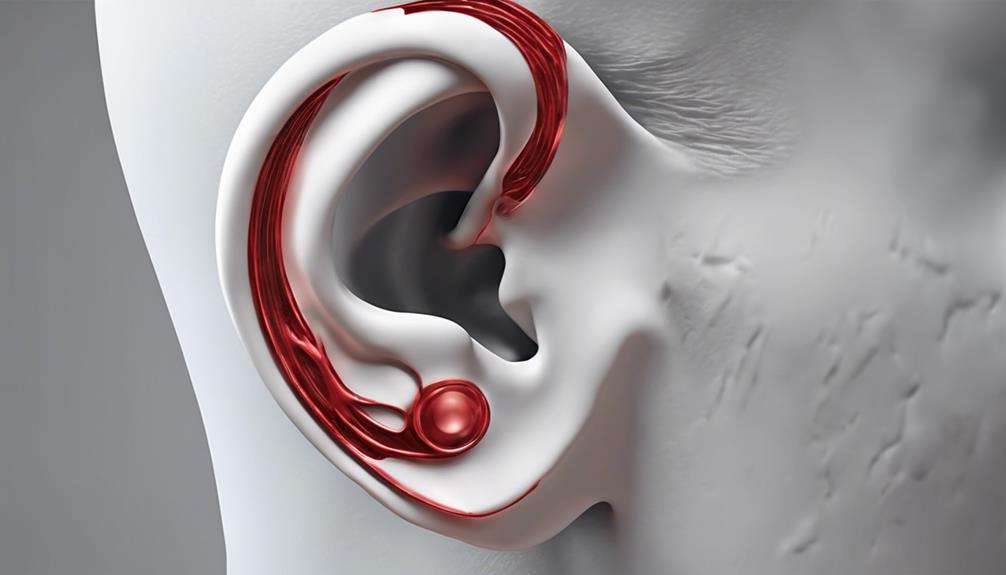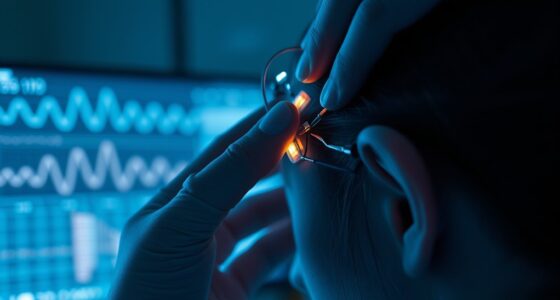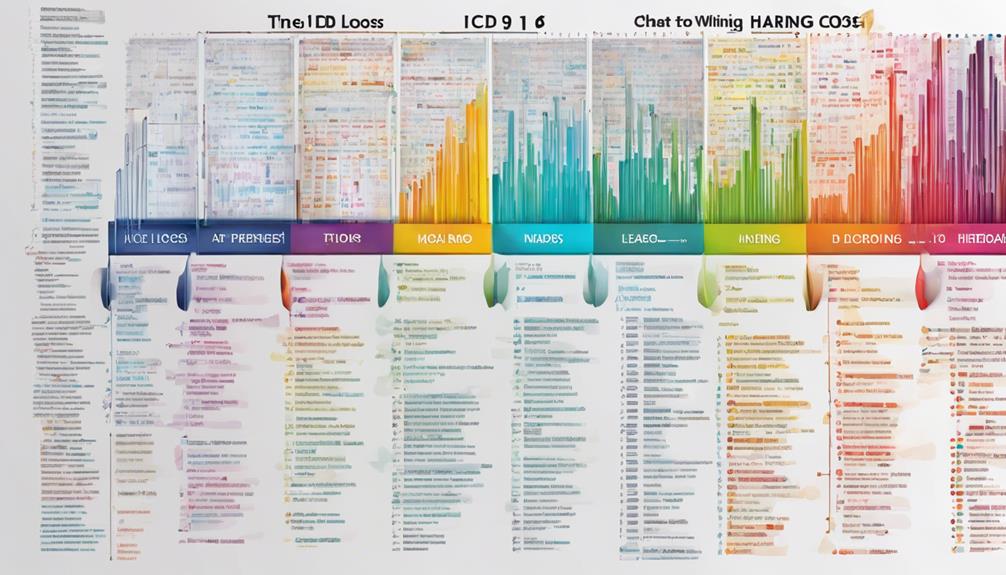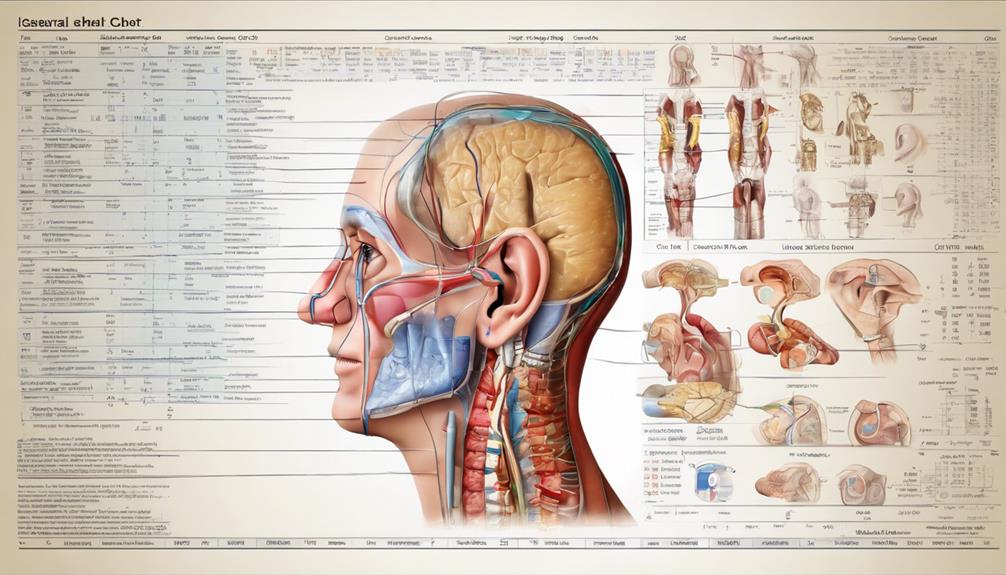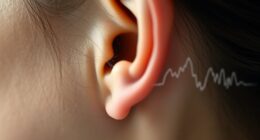Are you interested in knowing the specific ICD code used for hearing loss in the left ear?
Delving into the intricacies of medical coding, understanding the nuances of categorizing and documenting such conditions can be quite enlightening.
Let's explore the significance of correctly identifying and utilizing the appropriate ICD-10-CM code for left ear hearing loss to ensure accurate representation in medical records and billing processes.
Understanding the details behind this code is not only beneficial but also essential for healthcare professionals dealing with cases of unilateral sensorineural hearing loss in the left ear.
Key Takeaways
- Accurate documentation of type and laterality (H91.92) is crucial for left ear hearing loss coding.
- Understanding Excludes notes prevents errors like impacted cerumen confusion.
- Detailed documentation ensures proper reimbursement and tailored treatment plans.
- Chapter-Specific Guidelines aid in selecting the correct ICD-10-CM code H91.92.
ICD-10-CM Basics
Exploring the fundamentals of ICD-10-CM involves understanding the structure and guidelines essential for accurate medical coding. The ICD-10-CM code for unspecified hearing loss in the left ear is H91.92, which is classified under Diseases of the ear and mastoid process according to WHO standards. Accurate coding is heavily reliant on proper documentation, making it imperative for healthcare providers to thoroughly document all relevant details for billing purposes.
When coding for left ear hearing loss using H91.92, it's crucial to pay attention to Excludes1 conditions, such as impacted cerumen and noise-induced hearing loss, which shouldn't be coded under this specific ICD-10-CM code. Additionally, understanding Excludes2 notes is equally important to ensure precise coding and classification of the condition.
Mastering the basics of ICD-10-CM, including familiarity with Excludes1 and Excludes2 guidelines, is fundamental for healthcare professionals striving for precision in coding and billing practices.
Coding for Left Ear Hearing Loss
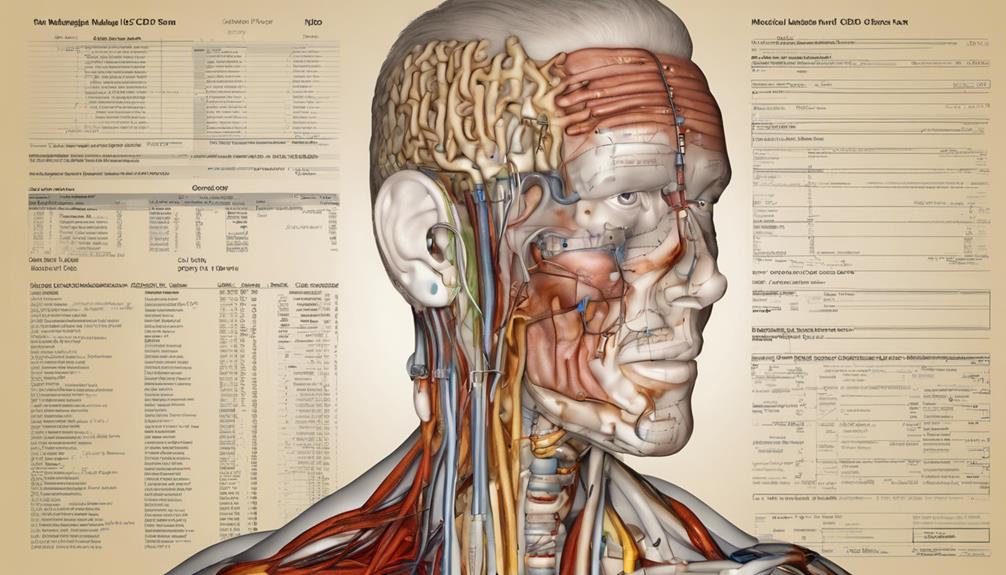
Coding left ear hearing loss requires accurate documentation of the type and laterality of the condition to ensure precise medical billing. In the case of unspecified hearing loss in the left ear, the corresponding ICD-10-CM code is H91.92. It's crucial to adhere to specific guidelines and notes provided to achieve coding accuracy.
When assigning the code H91.92, it's essential to exclude conditions such as noise-induced hearing loss and impacted cerumen. Understanding the differences between 'other' and 'unspecified' codes is vital for coding specificity in cases of left ear hearing loss.
Proper documentation of the type and laterality of the hearing loss not only assists in accurate medical billing but also aids in tracking the patient's condition effectively. By following coding guidelines and ensuring detailed documentation, healthcare providers can streamline the billing process and provide optimal care for patients with left ear hearing loss.
Understanding ICD-10 Guidelines
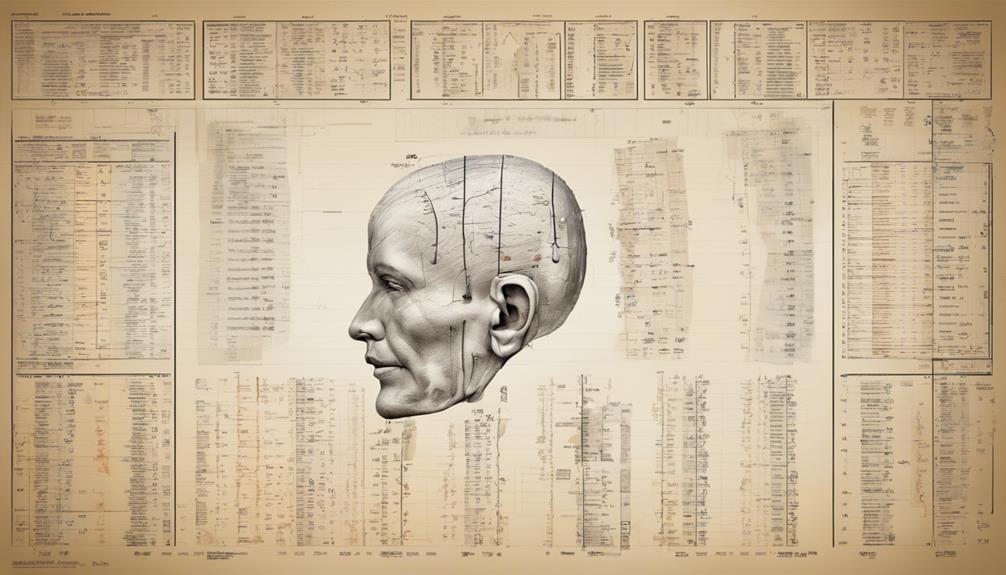
Navigating the complexity of ICD-10 guidelines demands meticulous attention to detail and a thorough understanding of chapter-specific instructions. When assigning the ICD-10-CM code for left ear hearing loss, such as H91.92, it's essential to adhere to the coding guidelines provided within the Diseases of the ear and mastoid process chapter.
Accurate coding hinges on interpreting Excludes1 conditions correctly to ensure the appropriate code selection. Understanding Excludes notes is crucial as it helps in avoiding coding errors and supports proper documentation.
Additionally, utilizing crosswalks can aid in transitioning from ICD-9-CM to ICD-10-CM coding seamlessly. By following these coding guidelines diligently, healthcare professionals can guarantee precise and consistent reporting of diagnoses related to left ear hearing loss, ultimately enhancing the quality of patient care and facilitating efficient billing processes.
Documentation and Billing Tips
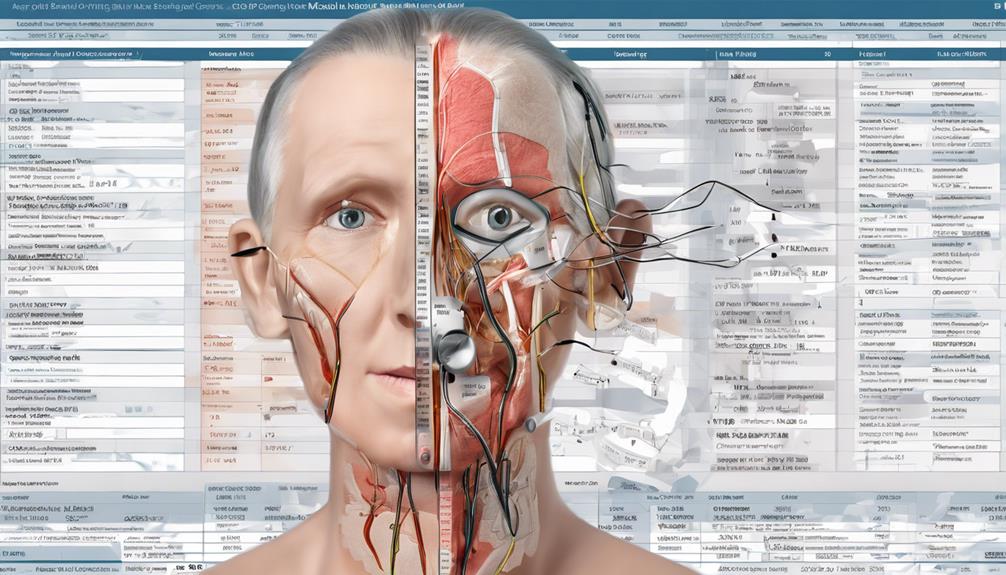
To ensure accurate billing for audiology services related to left ear hearing loss, documenting the type and laterality of the condition is essential. Specificity in documentation supports proper ICD-10-CM coding, leading to appropriate reimbursement and effective treatment planning.
Here are three crucial tips for documentation and billing in cases of left ear hearing loss:
- Specify Type and Laterality: Clearly document the type of hearing loss (e.g., conductive, sensorineural) and specify that it's in the left ear.
- Use Correct ICD-10-CM Codes: Utilize specific codes like H91.92 for unspecified hearing loss in the left ear to ensure accurate billing.
- Verify Severity and Nature: Confirm the severity and nature of the hearing loss in the left ear to determine the most suitable ICD code for billing purposes.
Accurate documentation and coding practices not only facilitate reimbursement but also aid in tailoring effective treatment plans for patients with left ear hearing loss.
Resources for Further Assistance

For further assistance in managing left ear hearing loss, explore available resources like chapter-specific guidelines and crosswalks for ICD-9-CM. Proper documentation is vital to prevent coding errors when using the ICD-10-CM code H91.92 for left ear hearing loss. Understanding Excludes1 conditions such as impacted cerumen and noise-induced hearing loss is essential for accurate coding. By utilizing resources like chapter-specific guidelines and crosswalks, healthcare professionals can enhance their coding accuracy and efficiency.
| Resources | Description |
|---|---|
| Chapter-Specific | Detailed guidelines specific to each chapter of the ICD coding system, aiding in accurate code selection. |
| Guidelines | |
| Crosswalks | Tools that facilitate the translation between ICD-9-CM and ICD-10-CM codes, ensuring smooth coding transitions. |
| ICD-9-CM | Historical reference tool for comparing codes and ensuring consistency in coding practices. |
Frequently Asked Questions
What Is the ICD-10 Code for Hearing Loss Unspecified?
When we talk about unspecified hearing loss in medical coding, the ICD-10 code to look out for is H91.9. This code is vital for accurate documentation and billing purposes.
It's crucial to pay attention to the details and accurately record the specific diagnosis to ensure proper coding. Understanding the nuances of coding regulations is fundamental to prevent errors and maintain precise medical records.
What Is the Diagnosis Code H90 A22?
We can help with that.
The diagnosis code H90.42 refers to unilateral sensorineural hearing loss in the left ear with normal hearing in the right ear. It falls under the Diseases of the ear and mastoid process category by WHO.
Remember, accurate coding is essential, and understanding Excludes1 conditions like deaf nonspeaking NEC and noise-induced hearing loss is crucial.
We've chapter-specific guidelines and ICD-9-CM crosswalk information available for H90.42.
What Is the ICD-10 Code for H90 5?
We'll clarify that the ICD-10 code H90.5 specifically designates unspecified sensorineural hearing loss in the left ear. It falls within the sensorineural hearing loss category and requires accurate documentation of the condition for proper coding.
Understanding the intricacies of ICD-10 coding is vital for precise reporting and billing related to left ear hearing loss.
What Is the ICD-10 Code for H90.6?
We must specify the laterality of hearing loss for accurate coding with the ICD-10 code H90.6. This code is for unspecified sensorineural hearing loss in the left ear, falling under Other Disorders of the Ear and Mastoid Process.
It covers diverse causes of left ear sensorineural hearing loss. Proper documentation and use of H90.6 ensure precise reporting and billing for cases related to left ear hearing impairment.
Conclusion
In conclusion, mastering the ICD-10-CM code for left ear hearing loss (H90.42) is essential for accurate diagnosis and treatment.
By understanding the guidelines and documentation requirements associated with this code, healthcare providers can ensure proper billing and optimal patient care.
Remember, precision in coding leads to better outcomes for both patients and providers, highlighting the importance of attention to detail in the healthcare industry.

